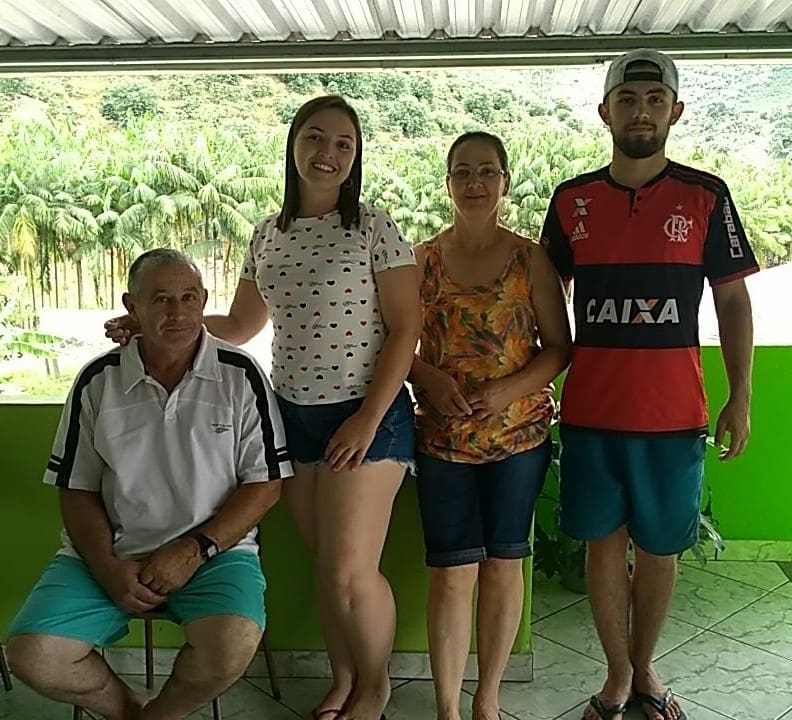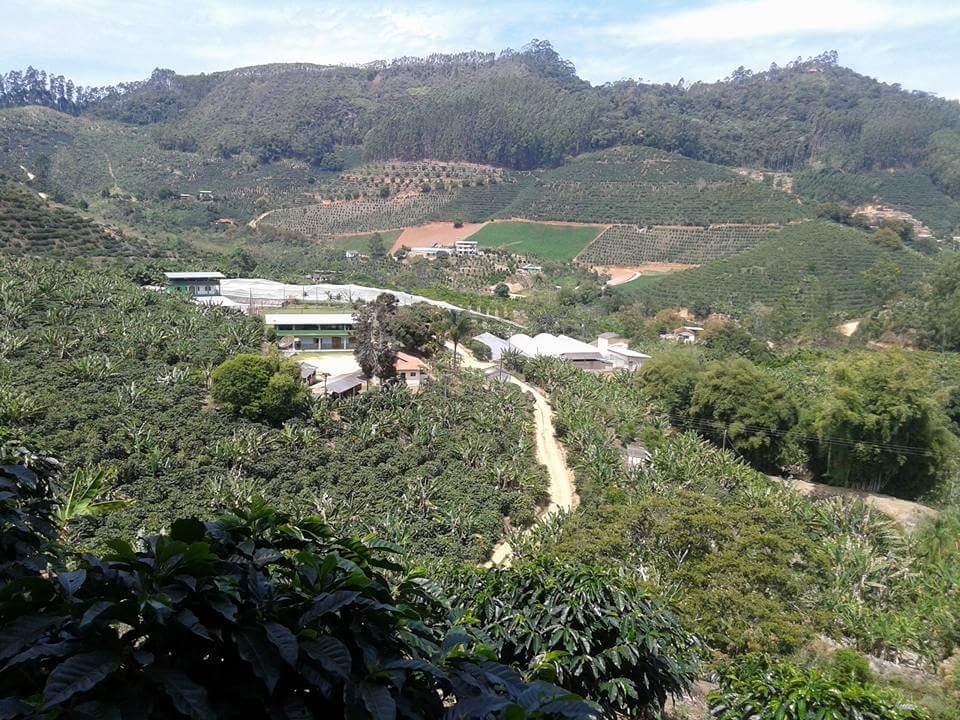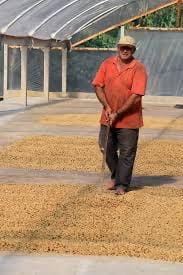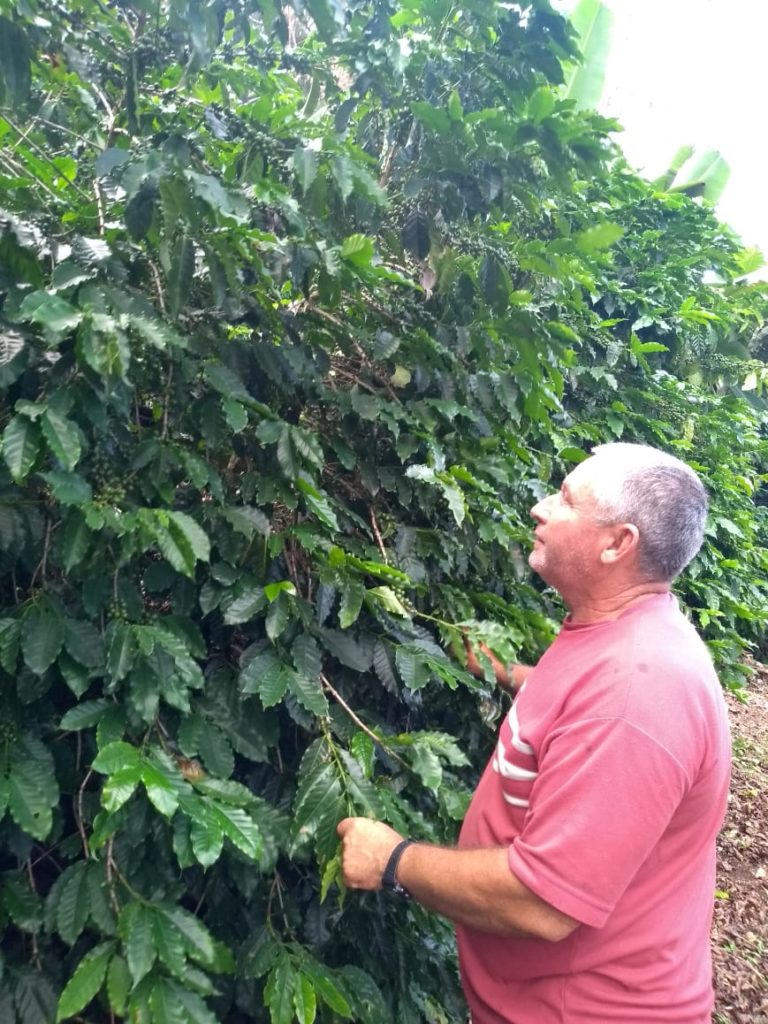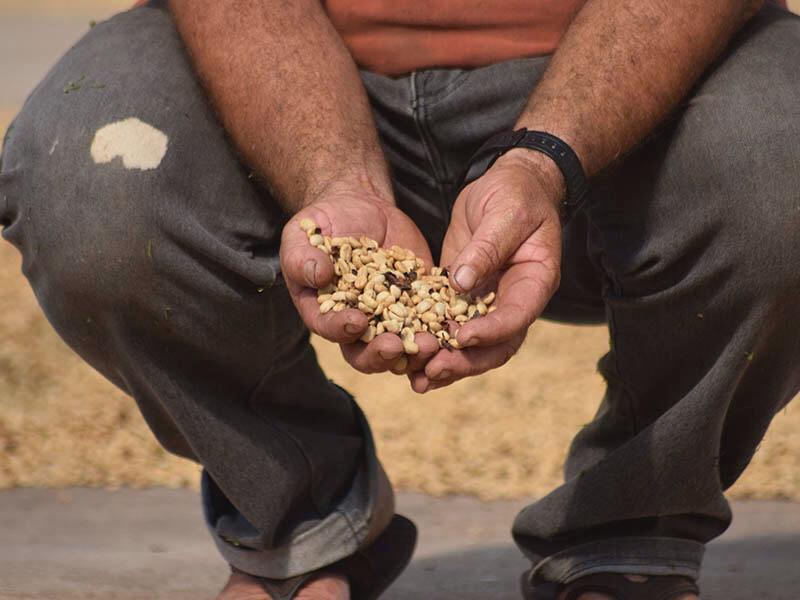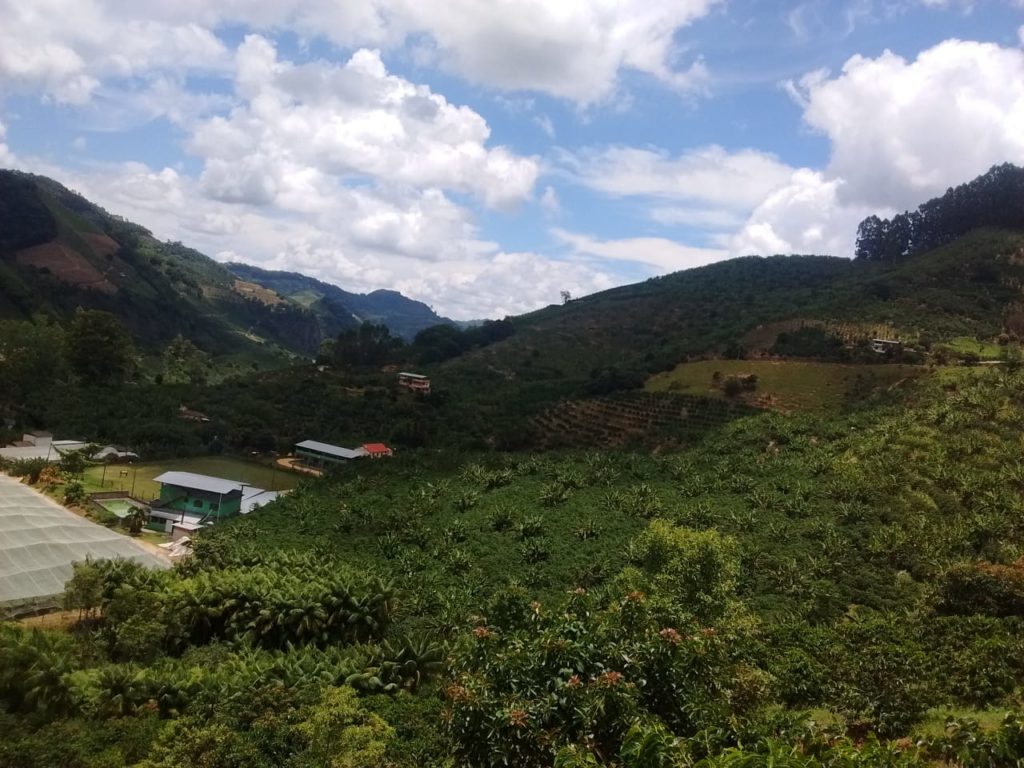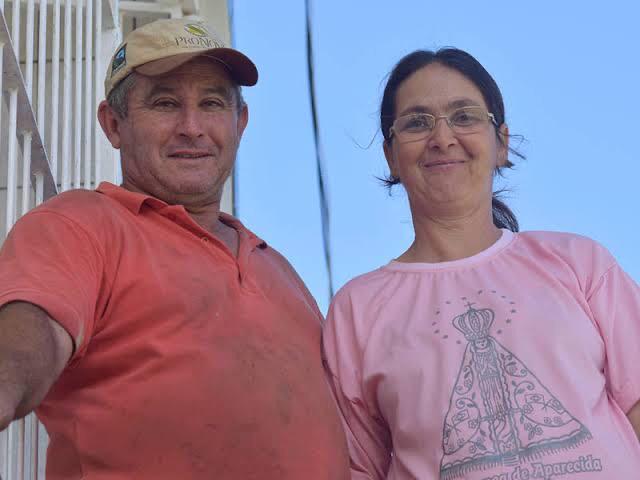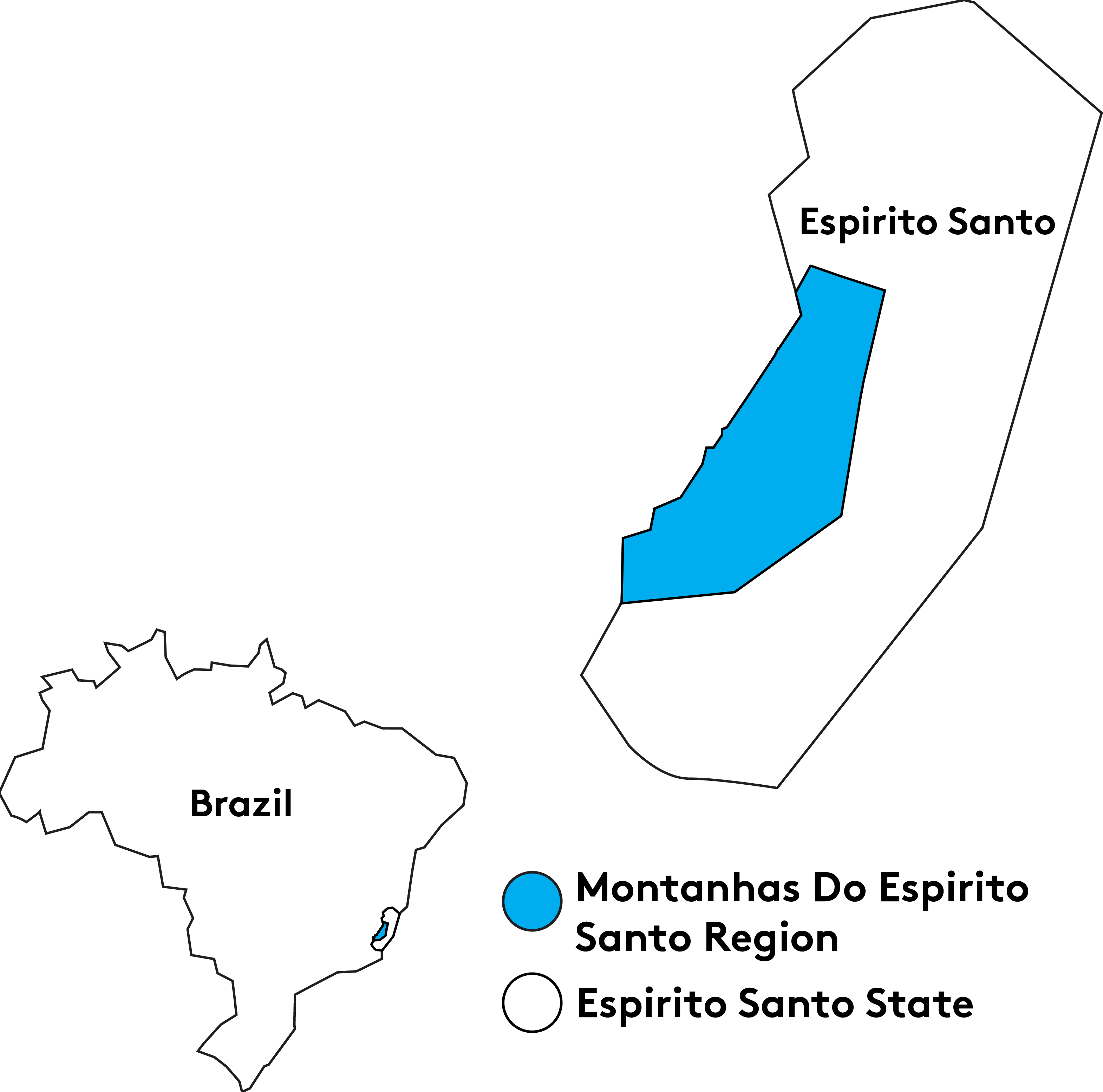The history of coffee producer José Leandro Romão begins in 1996, when he reunited the family to help them promote their businesses by buying a property in Castelo, Espirito Santo. The acquisition of the farm started a new chapter in his life, one dedicated to producing specialty coffees. José Leandro was one of the first producers in the region to invest in quality coffees, beginning with investments in equipment and adequate soil health and growing coffee in tandem with bananas.
In 2002, he participated in the second quality contest for coffee from the Capixabas Mountains, where he earned first prize. This recognition awoke a new interest in producing quality coffees and pursuing innovation to always achieve better results.
José Leandro’s family helps him on the property. His daughter Andressa Romão returned from the city to help her father administer the farm, considering family agriculture the most important project.
Sitio Bela Vista is 20 hectares with 15 planted with Red and Yellow Catuai and ranges from 920 to 1200 meters above sea level. Trees flower from October to December for the harvest in July through September.
Learn more about the Montanhas do Espirito Santo region of Brazil.
